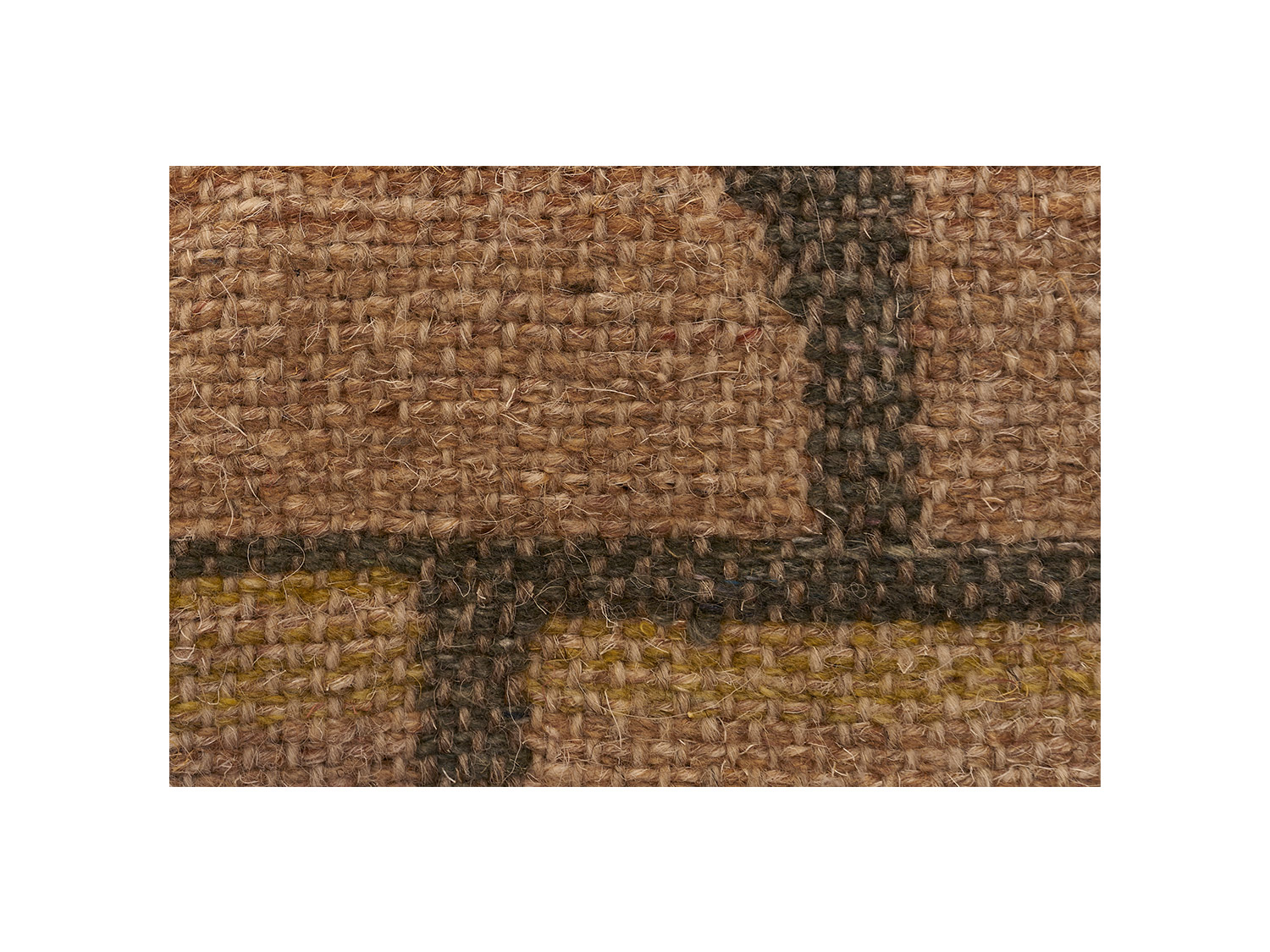Tomasz Koszewnik
Born 1986 in Białystok. Graduate in Intermedia and Photography at the Faculty of Media Arts of the Univer- sity of Arts Poznań (2018). His graduation project was supervised by Professor Leszek Knaflewski. Studied also Photography, Sociology, Cultural Anthropology and IT. Works as an entrepreneur running a post-artistic enterprise. Interested in economics of the ordinary and examines its reach and capabilities as an artist.
Recipient of numerous scholarships: of the Minister of Science and Higher Education, Mayor of Białystok, and Mayor of Poznań. Laureate of the Grand prix in the Joint Project Contest co-funded by the Museum of Arts in Łódź and the ING Polish Art Foundation. Honourable mention in the Trójka’s Talents contest organized by Polish Radio Program III.
TOMASZ KOSZEWNIK
INTERMEZZO
2019 / installation, 12 tapestries
I come from Białystok, a voivodship city located in North-Eastern Poland. Several decades ago my grandmother emigrated here from a nearby village to get a job. She was employed at Fasty Cotton Industry Plant in Białystok – the largest factory of this type in the region. It can be presumed that the Plant in a totally natural way gave her a job that it had earlier taken away from her. This is because the industrial - scale production of fabrics considerably shifted the balance on the textile product market. Paradoxically, traditional weavers, trying to save their handicraft, began copying the factory-made fabric – although initially it was the industry, under the influence of folk culture, that only adapted the traditional designs to machinery needs. With the beginning of the system transformation the factory went bankrupt and thousands of people again lost their jobs.
The starting point of the installation by Tomasz Koszewnik presented at the exhibition is an account of collective events based on the history of weavers from Podlasie. This is a symbolic gesture towards the folk culture still existing as a permanent element of the heritage of human hands despite the continuous industrialization processes. The work in a significant yet almost invisible manner ts into the exhibition space, arranged in a building of the former complex of textile factories in Venice. It is composed of a dozen or so handmade wall fabrics, colloquially called double-warp Janów carpets. This laborious yet unique technique has survived until now only near Janów in Podlasie and counts as one of the most interesting contemporary phenomena of the Polish folk art. The carpets were made by Ms. Karolina Radulska, who is a continuator of the family traditions as a representative of the so-called new generation of weavers.

